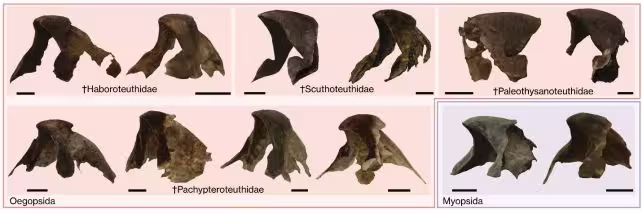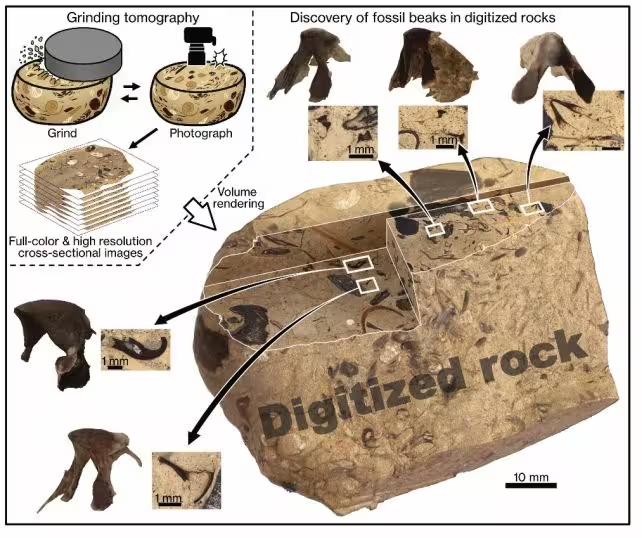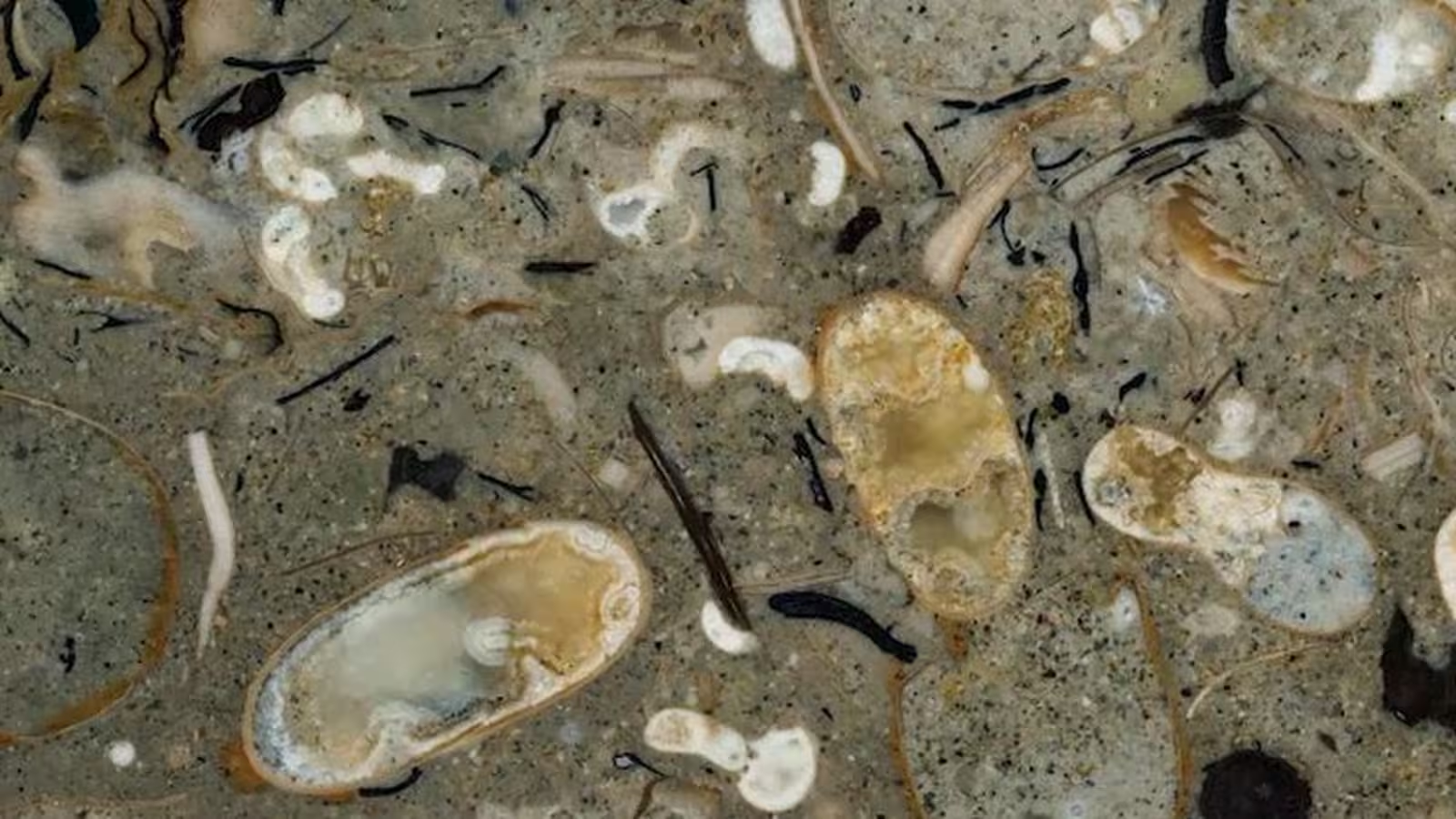4 Minutes
Unveiling the Lost Diversity of Cretaceous Squids
A groundbreaking paleontological study has uncovered evidence that Earth's oceans during the Cretaceous period—approximately 100 million years ago—were teeming with an astonishing variety of squid species. This new research, led by Japanese and German scientists, reveals the discovery of 40 previously unknown species among a remarkable collection of fossilized cephalopod beaks.
The find fundamentally transforms our understanding of marine biodiversity during the age of dinosaurs, placing ancient squids at the forefront of the prehistoric ocean’s food web and suggesting they played a far more dominant role than previously thought.
Scientific Background: Fossilized Evidence from the Deep Past
Fossils are most commonly formed from hard biological structures such as bones, shells, and teeth, as soft tissues tend to decay rapidly and rarely survive the fossilization process. Cephalopods—a group that includes squids, octopuses, nautiluses, and cuttlefish—are mostly composed of soft tissue, making their remains extremely rare in the fossil record. The exception, however, is the hard, chitin-based beaks that squids use for feeding. These resilient structures can, under exceptional conditions, become fossilized and preserved for millions of years.
Up until now, only a single fossilized squid beak from the Mesozoic era had ever been identified, leaving a substantial gap in our knowledge of ancient squid diversity and their ecological influence.

Innovative Fossil Analysis: The Role of Grinding Tomography
To overcome the challenges of studying minute and fragile fossils embedded within rock, the research team employed a novel method known as grinding tomography. This approach involves painstakingly sanding away a fossil-laden rock sample layer by layer. Each thin slice is photographed at high resolution, creating a detailed sequence of images. These images are then digitally reconstructed to form a three-dimensional visualization of the internal fossil contents.
Although the original rock sample is completely consumed by the process, the digital 3D models provide unprecedented access to the minute and delicately preserved structures inside. Using grinding tomography, scientists reconstructed a sample dating back to the Cretaceous period, revealing a dense assemblage of nearly 1,000 fossilized cephalopod beaks—263 of which belonged to squids.
Key Discoveries: Ancient Squid Abundance and Diversity
Among the 263 squid specimens examined, paleontologists identified at least 40 new species, dramatically increasing the known diversity of Cretaceous squids. The preserved beaks measured between 1.23 to 19.32 millimeters in length—significantly smaller than the single previously discovered fossil squid beak—with some as thin as 10 micrometers.
These findings suggest that the oceans 100 million years ago supported a thriving and surprisingly rich population of squids. "In both number and size, these ancient squids clearly prevailed in the Cretaceous seas," notes lead researcher Shin Ikegami of Hokkaido University. "Their body sizes were comparable to, or even larger than, the ammonites found alongside them, highlighting their dominance as swift, agile predators."
Furthermore, the study implies that squid biomass during this era exceeded that of both fish and ammonites—two groups traditionally considered the mainstays of prehistoric marine ecosystems. This observation challenges prior assumptions that squids became ecologically prominent only after the mass extinction event 66 million years ago that ended the reign of the dinosaurs.

Implications for Understanding Marine Evolution
By exposing this hidden diversity of ancient cephalopods, the research reveals that the rapid expansion and diversification of squids was well underway long before the end-Cretaceous mass extinction. Co-author Yasuhiro Iba of Hokkaido University emphasizes, "These findings change everything we thought we knew about marine ecosystems in the past. Squids were probably the pioneers of fast and intelligent swimmers that dominate today’s oceans."
The insights gained may influence future studies on cephalopod evolution, the dynamics of ancient food webs, and the environmental changes that shaped marine biodiversity throughout Earth’s history.
Conclusion
This discovery of 40 new squid species preserved in a 100-million-year-old rock highlights the incredible hidden diversity of Cretaceous oceans. The innovative use of grinding tomography has not only opened a window into a previously inaccessible part of the fossil record, but also has rewritten the narrative of marine life during the dinosaur era. As scientists continue to refine their techniques and explore new fossil sites, our understanding of ancient ocean ecosystems and the evolutionary origins of today’s cephalopods will continue to grow, revealing more secrets of the deep past.
Source: doi



Comments